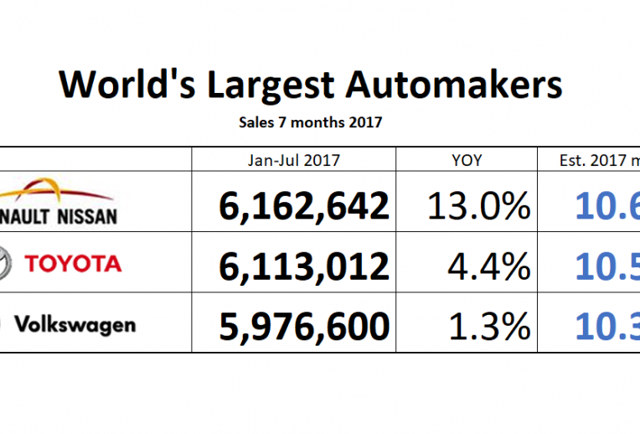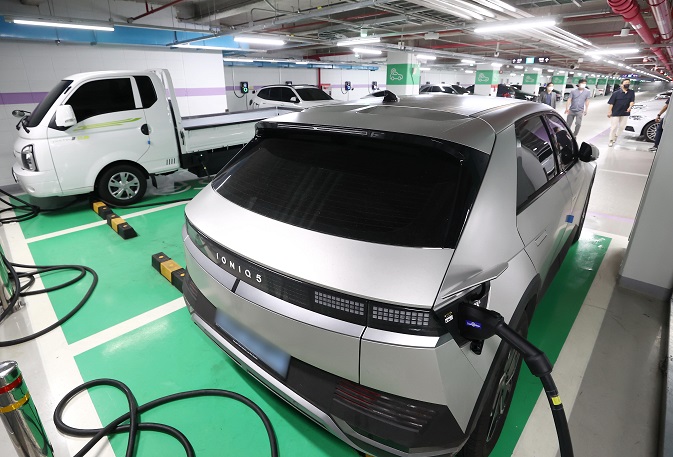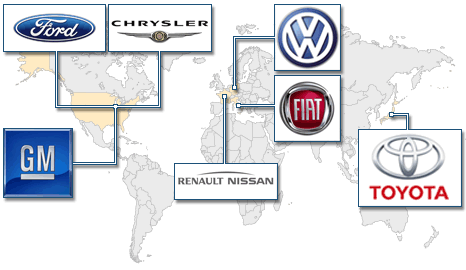The year 2017 witnessed the automotive industry at the peak of its global influence, with major players competing to secure their positions as leaders. The largest automakers of 2017 were determined by production volume, market presence, and overall influence on the industry. This article explores the notable contenders on the largest automakers list for 2017, shedding light on their achievements, strategies, and contributions to the dynamic world of automobiles.
Top Contenders The Largest Automakers of 2017
Contents
In 2017, several automakers stood out for their impressive production numbers, market share, and influence on the industry.
Toyota A Global Powerhouse
Toyota maintained its reputation as one of the largest automakers in the world, thanks to its diverse portfolio and global reach. Known for its reliability and innovation, Toyota’s lineup includes a range of vehicles from compact cars to SUVs and hybrids. The company’s emphasis on quality and efficiency propelled it to the top of the list.
Volkswagen Group Power in Diversity
The Volkswagen Group continued to hold a significant position in the industry, with brands like Volkswagen, Audi, and Porsche under its umbrella. The company’s ability to cater to different market segments while investing in technology and sustainability contributed to its strong performance.
General Motors An American Icon
General Motors (GM) remained a key player in the automotive landscape in 2017. Despite challenges, GM’s brands, including Chevrolet, GMC, and Cadillac, maintained a substantial market presence. The company’s focus on innovation, electric vehicles, and autonomous technology positioned it for future growth.
Renault-Nissan-Mitsubishi Alliance Synergistic Strength
The Renault-Nissan-Mitsubishi Alliance emerged as a powerhouse through a collaborative approach. The alliance capitalized on its diverse brands and global presence, making it a force to be reckoned with in the industry.
Challenges and Strategies
- Technological Transformation: Automakers faced the challenge of adapting to technological shifts, including electric and autonomous vehicles, connectivity, and alternative mobility solutions.
- Global Expansion: Companies sought to expand their market presence beyond their home regions, tapping into emerging markets and adapting to different consumer preferences.
Contributions to the Industry
- Innovation: The largest automakers of 2017 invested heavily in research and development to bring innovative technologies and vehicles to the market.
- Job Creation: These automakers played a crucial role in job creation and economic growth in various regions around the world.
The largest automakers of 2017 demonstrated their ability to navigate a dynamic industry landscape, adapting to changing consumer preferences and embracing technological advancements. Through their global influence, production capabilities, and commitment to innovation, these companies not only shaped the automotive market but also contributed significantly to the advancement of technology, sustainability, and mobility solutions on a global scale.



